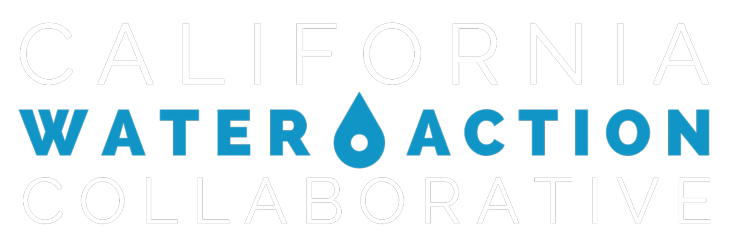CWAC members are working together to advance projects that protect and enhance California's freshwater resources.
This state is rich with businesses, non-profits, academics, farmers, agencies, and other thought leaders developing innovative solutions to our freshwater challenges. We believe the best ideas will emerge when these creative minds unite.
Our current projects are highlighted below. A project is considered “current” if three or more CWAC members are have opted in to contribute their time, expertise, or financial investment, and if the project is still generating benefits. Current projects fall into two categories: “open to additional partners,” and “closed to additional partners,” based on if more partnerships are viable or not for the project scope.
Current projects:
The Nature Conservancy and partners are implementing a landscape-scale forest restoration and research project. The project aims to increase the pace and scale of ecologically-based forest and watershed management to reduce the risk of high-severity wildfire, protect water supply, and increase watershed resilience.
Arundo (commonly referred to as giant reed) has significant negative impacts on water availability, water quality (i.e. sediment loads, temperature, pathogens, nutrient loading, flow modification), habitat, fires, and infrastructure. The objective of the project is the eradication of Arundo donax within the Upper Los Angeles River (ULAR) Watershed.
Wildfire threatens watersheds as it erodes the landscape, allowing more runoff and debris into water supplies. In a post-fire landscape, vegetation is crucial. This project will reforest private lands that these fires impacted and that will not naturally regenerate, complementing improved forest management activities.
This system conservation project directly bolsters water security for Southern CA served by the Colorado River Aqueduct.
The Cosumnes watershed is one of the last major undamned river systems in the east side of the Central Valley. This project is an opportunity to offer multiple benefits including replenishment in a critical watershed, multiple paths to support Bay area drinking water supplies, habitat protection efforts, and near-term benefits to the Sacramento-San Joaquin Delta.
Meadows enhance water supply reliability by improving the reliability and usability of water available. This project will repair a portfolio of meadows in the Feather River Watershed, re-establish hydrologic connectivity, and restore floodplain ecosystem function.
The Groundwater Exchange is a free, collaborative online platform designed to connect water managers, water users and community members with tools and resources to support successful implementation of SGMA.
The Greenway project aims to change Merced Avenue into a community resource, and help maximize the City of South El Monte’s opportunities to clean and capture stormwater, reduce greenhouse gas emissions and urban heat island effect, and provide safe active transit connections to local parks and river connections.
This project will bring public and private sectors together in multi-stakeholder convenings to help establish a shared understanding of onsite water reuse and advance community-informed, strategic, and coordinated investments in distributed water systems in Silicon Valley.
Regenerative agriculture and related resource-efficient practices help nature and biological processes do more of the work in building soil health and water resilience, while also generating other ecological, climate, and social benefits.
To recover and sustain water resources, this project provides both an assessment of existing water use and management, and a system for targeting and prioritizing opportunities for field-scale conservation actions that improve quality and quantity for groundwater dependent ecosystems, and rural and otherwise underserved communities.
In 2015, CWAC members began a partnership with NFF to help restore hundreds of millions of gallons of water annually to the damaged San Gabriel Watershed.
This project is a collaboration with the Southern California business community to motivate the installation of sustainable landscapes on their properties that provide multiple ecosystem, economic, human health, and community benefits.
Wildfires are now the biggest natural disaster facing the Western US. 65% of California’s water supply originates in watersheds at high risk of wildfire. Restoring healthy function to forests includes interventions such as thinning, prescribed fire, meadow restoration, invasive plant removal, native plant regeneration, and road decommissioning. By implementing a Conservation Finance model, Blue Forest & the World Resources Institute seek to scale forest restoration across the West, starting in California.
Leaky toilets are the #1 source of water waste in multi-family housing. Leaky toilets are usually easy to fix, but very hard to detect - especially in large multi-family buildings. This project will deploy leak detection technology in low-income, multi-family housing in Los Angeles, California.
















